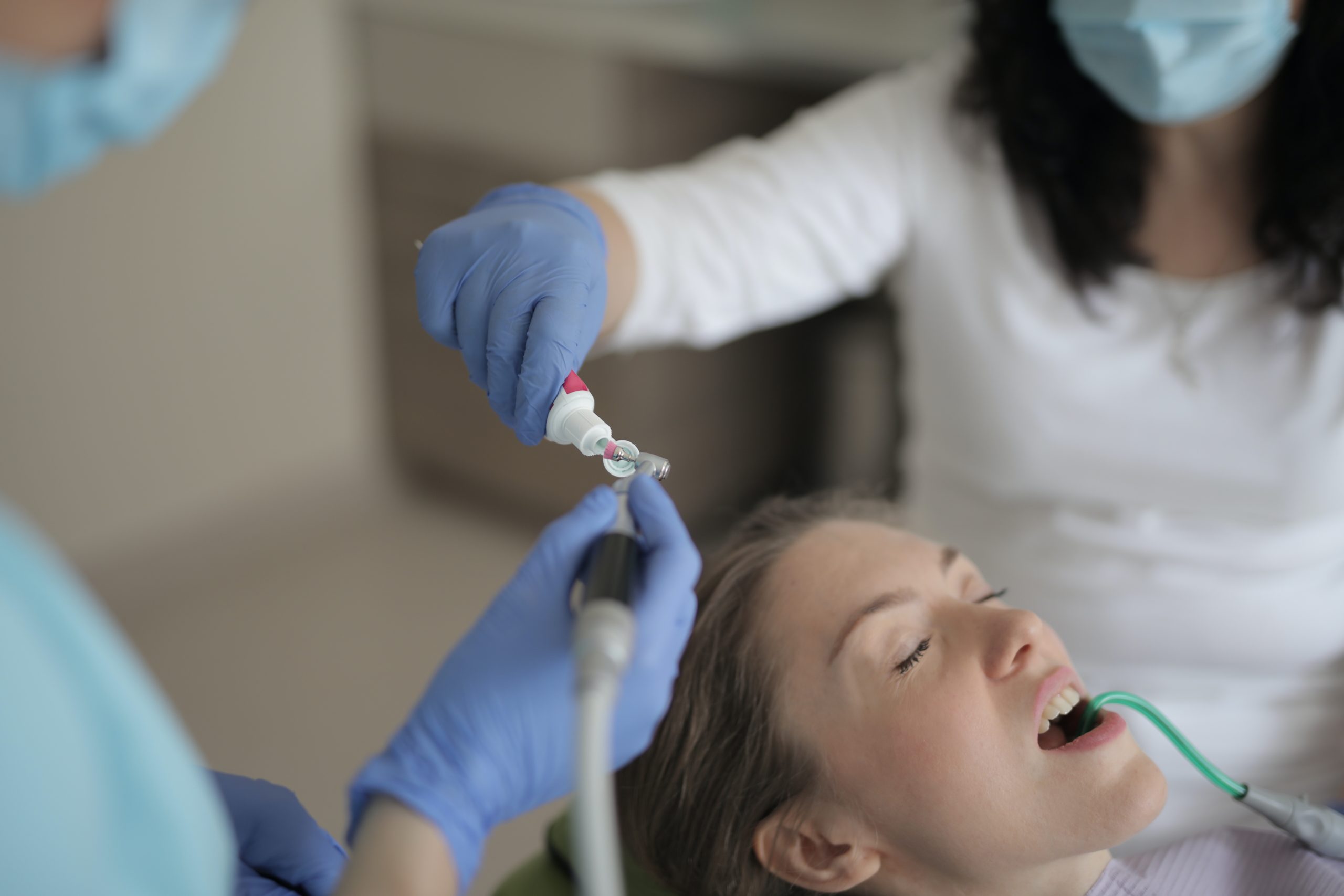Having healthy teeth and gums is a critical factor for children’s overall wellbeing and development. Unfortunately, there are a range of dental issues that can affect the oral health of kids. It is, therefore, important to learn about these common dental problems so that parents and caregivers can take preventive steps to make sure their children have strong teeth and healthy gums. This article discusses some of the most frequent dental difficulties in children including tooth decay, gum disease, dental trauma, and malocclusion. Furthermore, parents will find practical advice on how to protect against them so that they can give their kids lasting good oral health as well as a confident smile.

Tooth Decay: The Most Common Dental Problem In Children
According to pediatric dentist, a major dental concern among youngsters, Dental Caries or Cavities, is widely known as ‘Tooth Decay’. This arises when the acids generated by bacterial activity within the mouth lead to a destruction of enamel in the teeth, eventually resulting in cavities forming. Factors such as inadequate fluoride exposure, lax oral hygiene and consumption of sugary foods can contribute to this dilemma.
Causes Of Tooth Decay In Children
The development of tooth decay in children can be caused by many different aspects. This includes an unbalanced diet full of sugary foods and drinks, inadequate brushing routines, lack of fluoride, and the transmission of bacteria from those around them with poor dental hygiene. Furthermore, bottle-feeding or breastfeeding without the proper oral care can further increase the odds of cavities forming.
Preventing Tooth Decay In Children
To ensure healthy teeth in young children, it is important to be mindful of both oral health practices and dietary decisions. Brushing and flossing regularly, in addition to limiting sugary snacks, can go a long way toward avoiding tooth decay. Here are some preventive measures:
- Encourage regular brushing: Teach children to brush their teeth at least twice a day using fluoride toothpaste.
- Limit sugary foods and drinks: Reduce the consumption of sugary snacks, candies, and carbonated beverages. Encourage healthier alternatives like fruits and water.
- Promote water fluoridation: Ensure that your child drinks fluoridated water or provide fluoride supplements if necessary.
- Support dental sealants: Consider dental sealants, thin protective coatings applied to the molars, to prevent tooth decay in susceptible areas.
Gum Disease In Children: Symptoms And Prevention
Gum disease, or gingivitis, is characterized by inflammation and infection of the gums. It is caused by bacterial plaque buildup along the gumline. Common symptoms include swollen and bleeding gums, bad breath, and gum recession.
Prevention Of Gum Disease Involves
- Encouraging regular brushing and flossing: Teach children to brush their teeth and gums gently twice a day and floss daily to remove plaque.
- Promoting a balanced diet: A nutrient-rich diet supports healthy gums. Include fruits, vegetables, and foods rich in vitamin C in their meals.
- Regular dental check-ups: Ensure your child receives routine dental cleanings and examinations to detect and address early signs of gum disease.
Dental Trauma: Dealing With Accidental Tooth Injuries

Dental trauma refers to injuries that affect the teeth, gums, or mouth. Common causes include falls, sports accidents, and rough play. Dental trauma can lead to tooth fractures, dislodgment, or compete avulsion (knocked-out tooth).
Preventing Dental Trauma In Children
While it is not possible to prevent all accidents, certain preventive measures can reduce the risk of dental trauma:
- Use protective gear: Encourage your child to wear a mouthguard during sports activities that carry a risk of dental injuries.
- Childproof your home: Minimize potential hazards and secure furniture to prevent falls and accidents within the home.
- Educate about safe play: Teach your child about safe play practices, avoiding activities that could lead to dental injuries.
Malocclusion: Common Bite Problems In Children
Malocclusion refers to misalignment or incorrect positioning of the teeth when the jaws are closed. Common bite problems include crowded teeth, overbite, underbite, and crossbite. Malocclusion can affect the appearance, speech, and chewing ability of a child.
Early Orthodontic Intervention For Malocclusion
Early orthodontic evaluation allows for timely intervention if malocclusion is detected. Orthodontic treatments like braces or orthodontic appliances can correct bite problems and guide proper tooth alignment.
Oral Habits And Their Impact On Dental Health
Certain oral habits can adversely affect dental health in children. Thumb sucking, prolonged pacifier use, tongue thrusting, and nail-biting can cause dental problems such as misalignment, open bite, or speech difficulties.
Preventing Harmful Oral Habits In Children
- Positive Reinforcement: Encourage and praise your child when they avoid or cease harmful oral habits.
- Identify Triggers: Identify situations or emotions that lead to the oral habit and help your child find healthier alternatives or coping mechanisms.
- Consult A Professional: If the habit persists, seek guidance from a pediatric dentist or orthodontist for appropriate intervention.
Dental Anxiety In Children: Tips For A Positive Dental Experience
Dental anxiety is common among children and can hinder their willingness to seek dental care. To create a positive dental experience:
- Start early: Introduce dental visits from an early age to familiarize children with the dental environment.
- Choose a child-friendly dentist: Look for a pediatric dentist experienced in treating children, providing a welcoming and comfortable atmosphere.
- Positive reinforcement: Praise and reward your child for their cooperation during dental visits.
The Role Of Nutrition In Dental Health

A well-balanced diet plays a crucial role in maintaining good dental health. Provide a diet rich in calcium, phosphorus, vitamins, and minerals necessary for healthy teeth and gums. Limit sugary and acidic foods and promote water consumption to wash away food particles and maintain saliva flow.
Teaching Good Oral Hygiene Practices To Children
Teaching good oral hygiene practices from an early age sets the foundation for lifelong dental health. Some essential practices include:
- Proper brushing technique: Show children how to brush their teeth gently in circular motions, covering all tooth surfaces.
- Regular flossing: Teach the importance of flossing to remove plaque and food particles between teeth.
- Lead by example: Be a role model for your child by practicing good oral hygiene habits yourself.
Regular Dental Check-Ups: Importance And Frequency
Regular dental check-ups are crucial for maintaining optimal oral health in children. Dentists can detect early signs of dental problems, provide professional cleanings, and offer guidance on proper oral care. The frequency of dental visits may vary, but generally, biannual visits are recommended.
Conclusion: Promoting Lifelong Dental Health In Children
By understanding common dental problems in children and implementing preventive measures, parents and caregivers can promote lifelong dental health. Emphasize good oral hygiene practices, a balanced diet, regular dental check-ups, and address any dental issues promptly. By instilling these habits from an early age, you set the stage for your child to have a healthy and confident smile throughout their lives.
Hey welcome to my blog . I am a modern women who love to share any tips on lifestyle, health, travel. Hope you join me in this journey!

Speak Your Mind